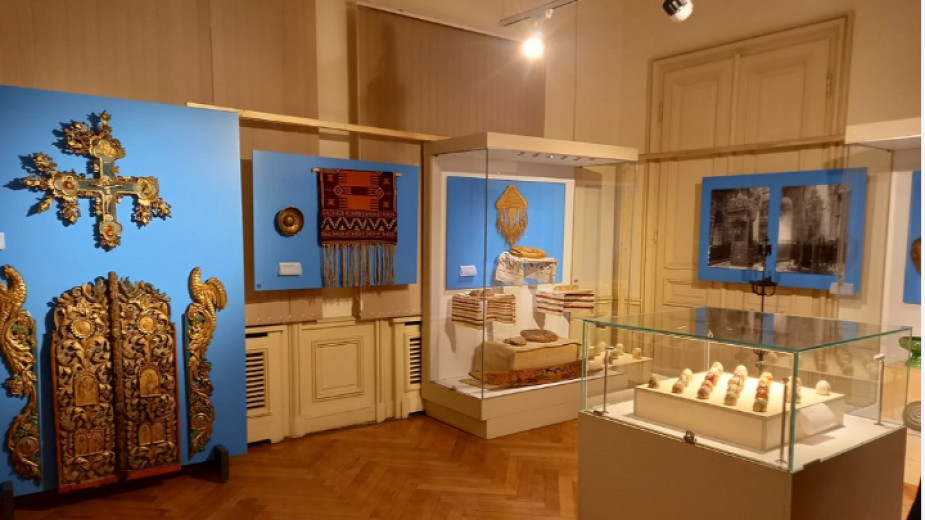 16
16
An archaeological expedition led by Assoc. Prof. Dr. Boni Petrunova – Director of the National Museum of History, discovered a massive bronze statuette of a goddess from the Greco-Roman pantheon. The artifact was found in residential premises in the..
13 ancient graves were discovered during archaeological excavations conducted on the premises of the National Academy of Art in Sofia. The excavation is led by archaeologist Elena Nikolova from the Regional History Museum. The excavations began on..
Trapezitsa is one of the three hills for which the old Bulgarian capital, Tarnovgrad (the medieval name of today’s Veliko Tarnovo), is famous . Located to the northwest of the town, it stands across from the neighboring hill Tsarevets – the..
On 19 October, Bulgarians commemorate St Ivan Rilski, also known as St John of Rila, who is considered the country’s heavenly protector. He founded the..

+359 2 9336 661
